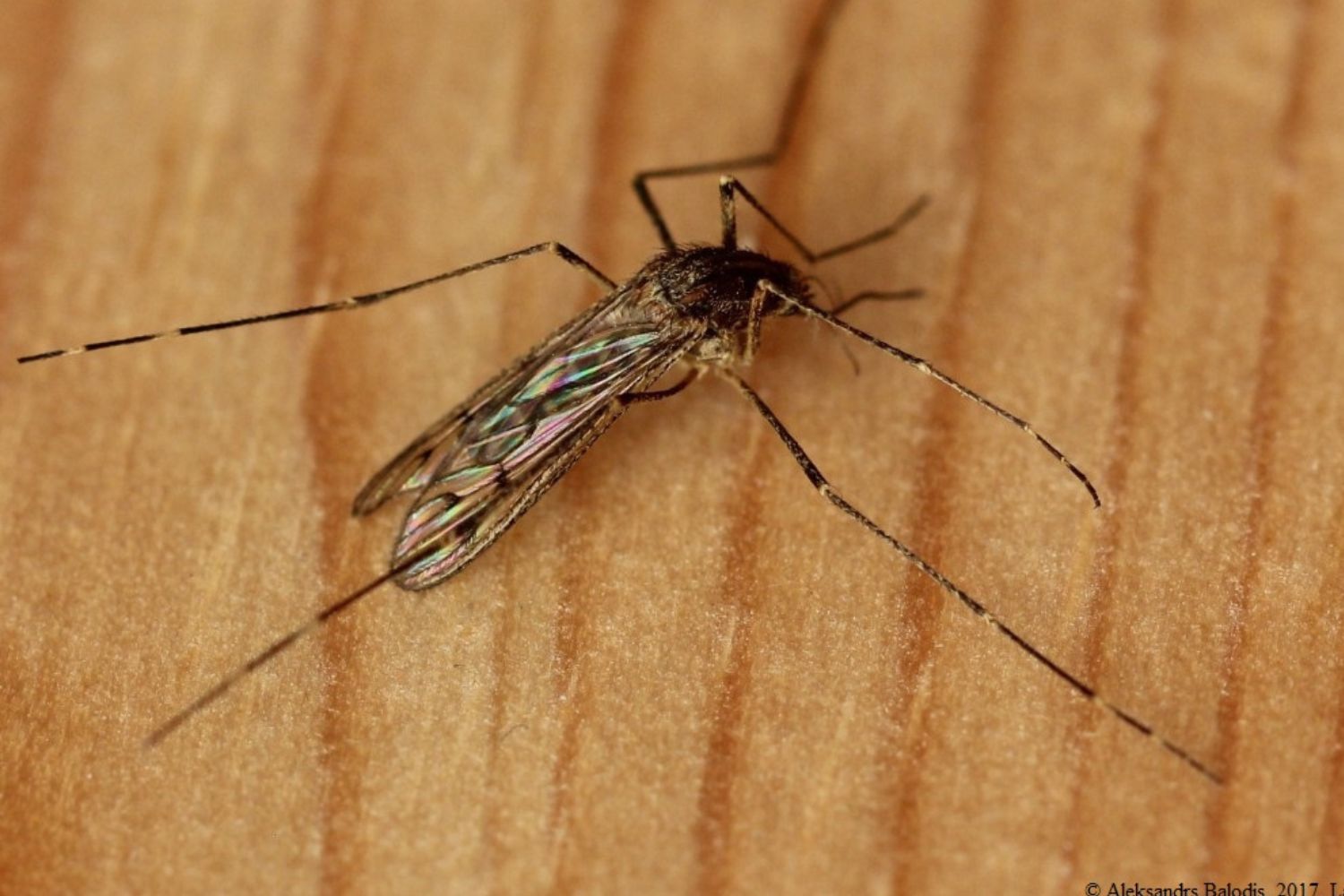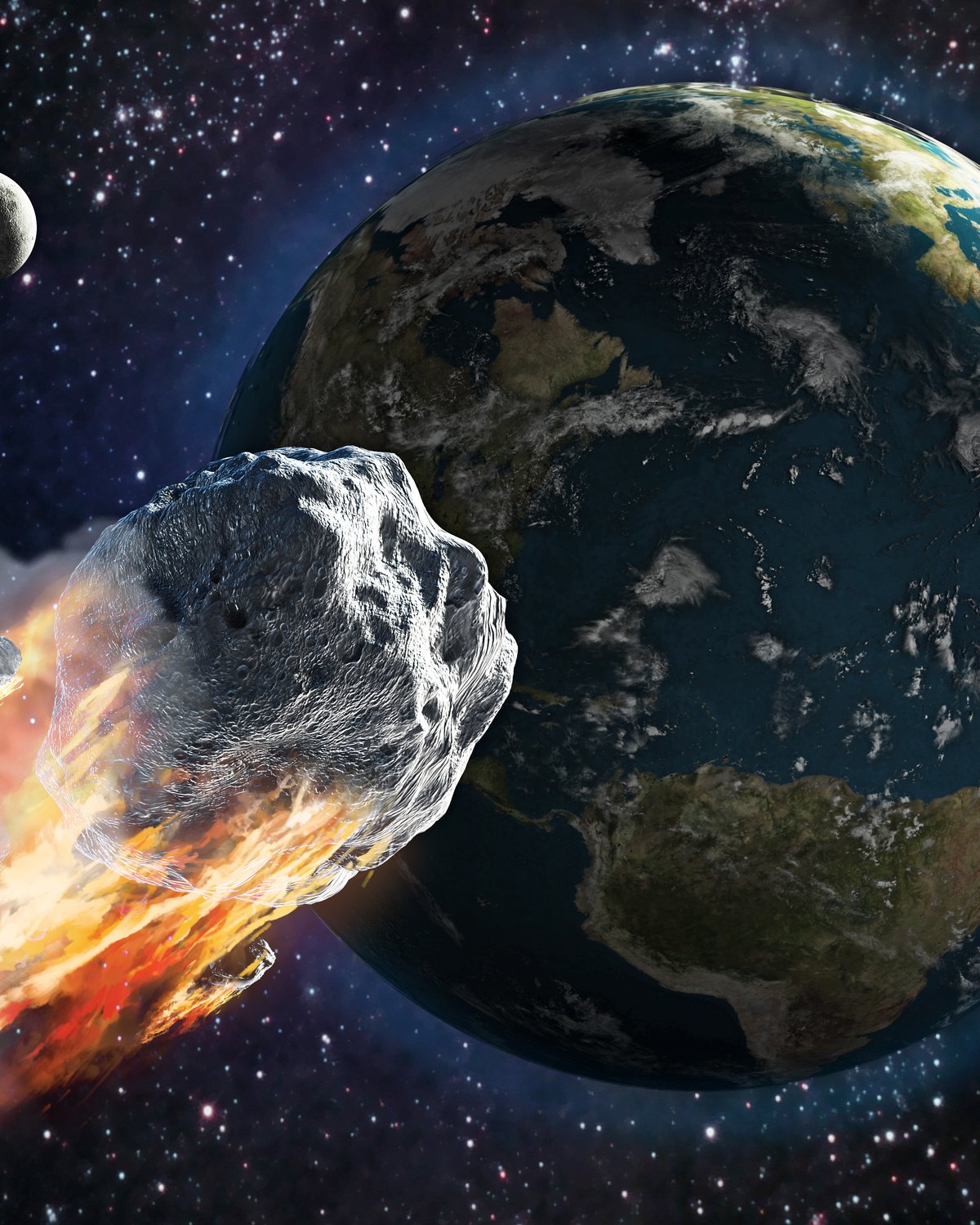On April 13, 2029, when the 375-meter-diameter asteroid 99942 Apophis “jumps” the Earth’s surface (31 thousand kilometers), it will take with it an unexpected hitchhiker: Ramses satellite is an abbreviation for “Apophis Rapid Mission for Space Security”.New project of the European Space Agency (ESA).
The idea is this Ramses’ alleged encounter with the “Apocalypse asteroid” and join the space rock before it flies extremely close to our planet (which we now know is safe) in five years.
The ESA satellite, “glued” to Apophis, will provide researchers with data on the asteroid’s internal structure, density, porosity and composition. They will also observe how the space body responds to disturbances triggered on its surface by Earth’s gravitational tidal forces. ESA says this information will be essential “if we ever need to deflect a similar asteroid.”
Asteroid Apophis
“Apophis will not hit the Earth“, The ESA clearly states this on its website. Although its discovery in 2004 initially caused uproar and concern because of the risk of affecting us, astronomers today rule out the possibility of this occurring within at least the next 100 years.
The giant space rock, with an average diameter of 375 meters, will approach our planet at a speed of 27 thousand kilometers per hour and arrive shortly. At a lower distance from the Earth’s surface than many satellites currently in geostationary orbitAt its closest, it can be seen with the naked eye in places in Europe, Africa and Asia.
Based on the data available on asteroids in our Solar System, scientists assume that an object of this size only comes this close to our planet once every 5 to 10 thousand years, making this approach extremely rare.
We are the ones who will affect Apophis in 2029
If it is guaranteed that Apophis will not impact Earth in 2029, the opposite is not true, because our planet will impact the giant asteroid, in particular, it is changing its orbit. Today, Apophis is an asteroid of the Athenian family, a type of NEO (near-Earth object) with a shorter orbit around the Sun than our planet.
But that orbit, which has now reached 0.92 astronomical units (AU) (equivalent to 137.6 million kilometers from the Sun), will undergo a “readjustment” in 2029. We will apply a “gravity push” that will change the rock’s orbit to 1.1 AUthat is, 164.6 million kilometers, which means its orbital period is longer than ours.
However, Apophis will officially be part of the Apollo family, a group of asteroids that are less likely to hit Earth.
Stay up to date with the latest space news on TecMundo. Take the opportunity to understand how the asteroid hit Earth killed the dinosaurs. On to the next one!
Source: Tec Mundo
I’m Blaine Morgan, an experienced journalist and writer with over 8 years of experience in the tech industry. My expertise lies in writing about technology news and trends, covering everything from cutting-edge gadgets to emerging software developments. I’ve written for several leading publications including Gadget Onus where I am an author.











